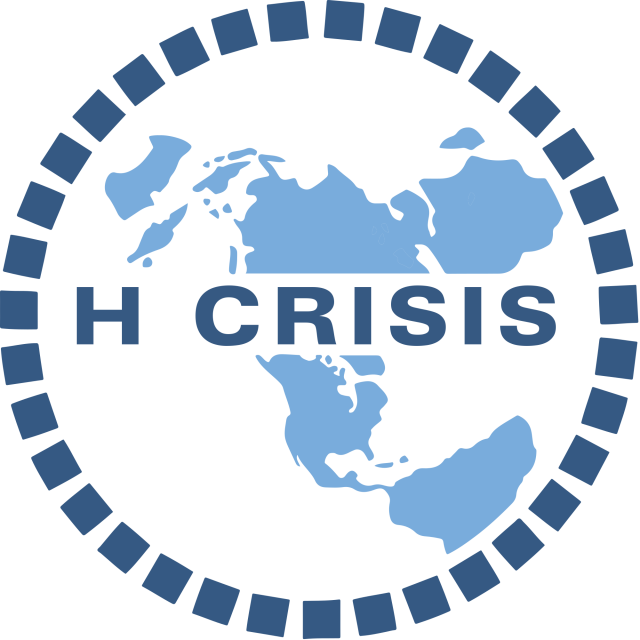Committee Overview
The Cabinet of Prime Minister Mohammad Mosaddegh was formed in 1951, following Prime Minister Mosaddegh’s election by the Iranian parliament known as the Majlis. The cabinet is made up of ministers representing the 12 ministries of Iran. Ministers are selected from a coalition government made up of the Prime Minister’s party, the military, and other independent politicians. As the cabinet, delegates will work together to enact and implement policies agreed upon by the committee. Ministers will also combine their powers to collaborate on the implementation of government policies. The Majlis can dismiss the cabinet through a vote of no confidence if it believes that the cabinet has failed to carry out its responsibilities.
Topic: The Nationalization of Iran (1952)
For over a century, Iran had been heavily influenced by the United Kingdom for its vast oil reserves. The Anglo-Iranian Oil Company, which was owned by the British government, accounted for nearly all of Iran’s oil exports. This complete control of Iran’s oil reserves gave the British an effective monopoly on Iran’s most valuable exports and its economy. That would all change in 1951 when the Shah of Iran confirmed Mohammed Mossadegh as Prime Minister after heavy pressure from the Iranian parliament. In March 1951, the Mossadegh government moved to nationalize the Anglo-Iranian Oil Company, leading to the creation of the National Iranian Oil Company. In retaliation, the United Kingdom and other Western states blockaded ports and imposed economic sanctions on Iran. Internally, Mossadegh faces significant opposition from various factions including the Shah and his monarchists, conservative religious leaders, and communists who viewed his reforms and increasing power with suspicion. With the economy plummeting due to the decrease in exports, delegates representing members of Prime Minister Mossadegh must find a way to lift these sanctions and recover the economy. The cabinet must also carefully balance the demands for political reforms and navigate the treacherous waters of Cold War geopolitics. Through collaboration and the combination of each cabinet member’s power, Iran has the opportunity to grow and finally obtain its long-desired sovereignty.

